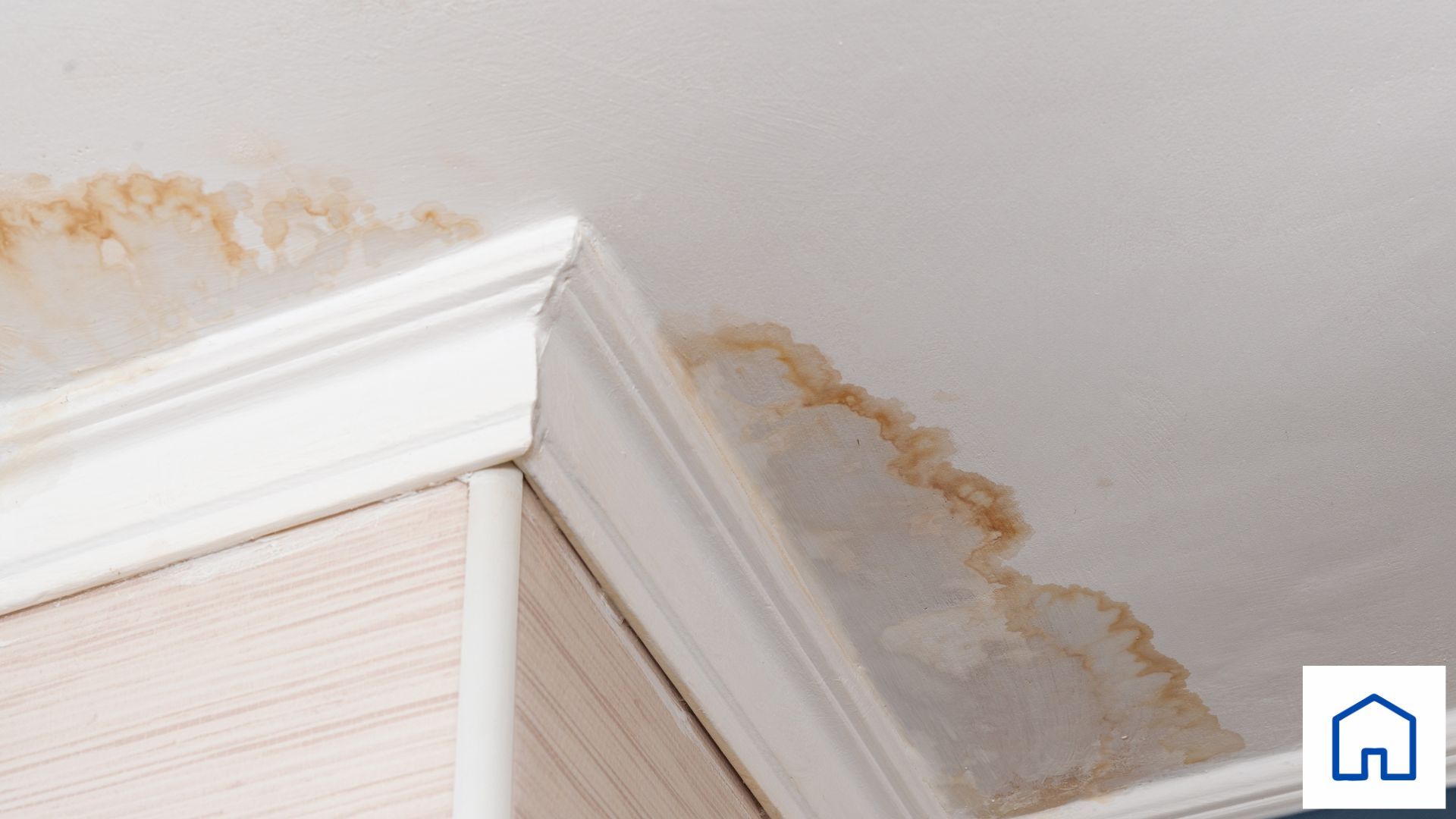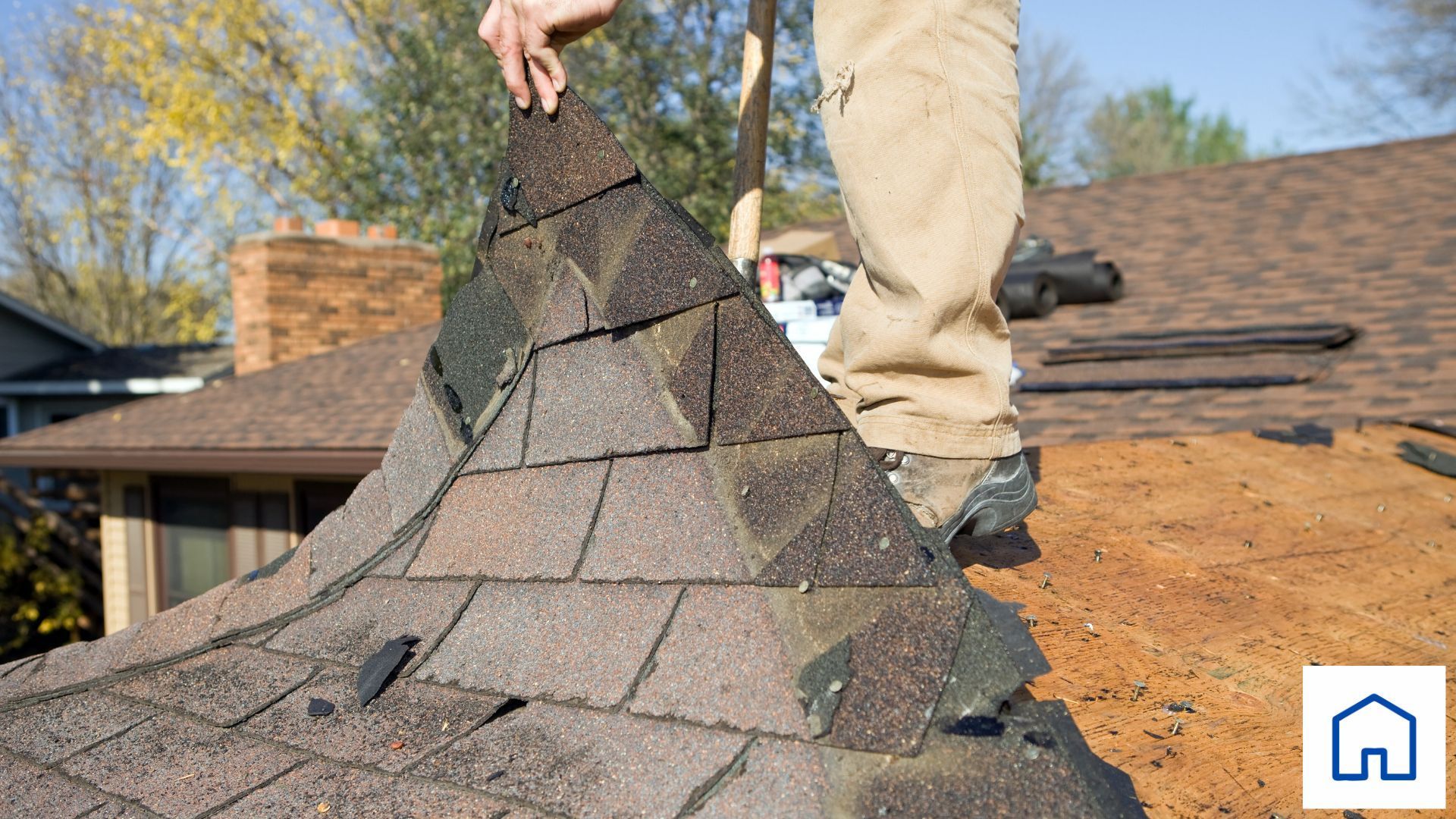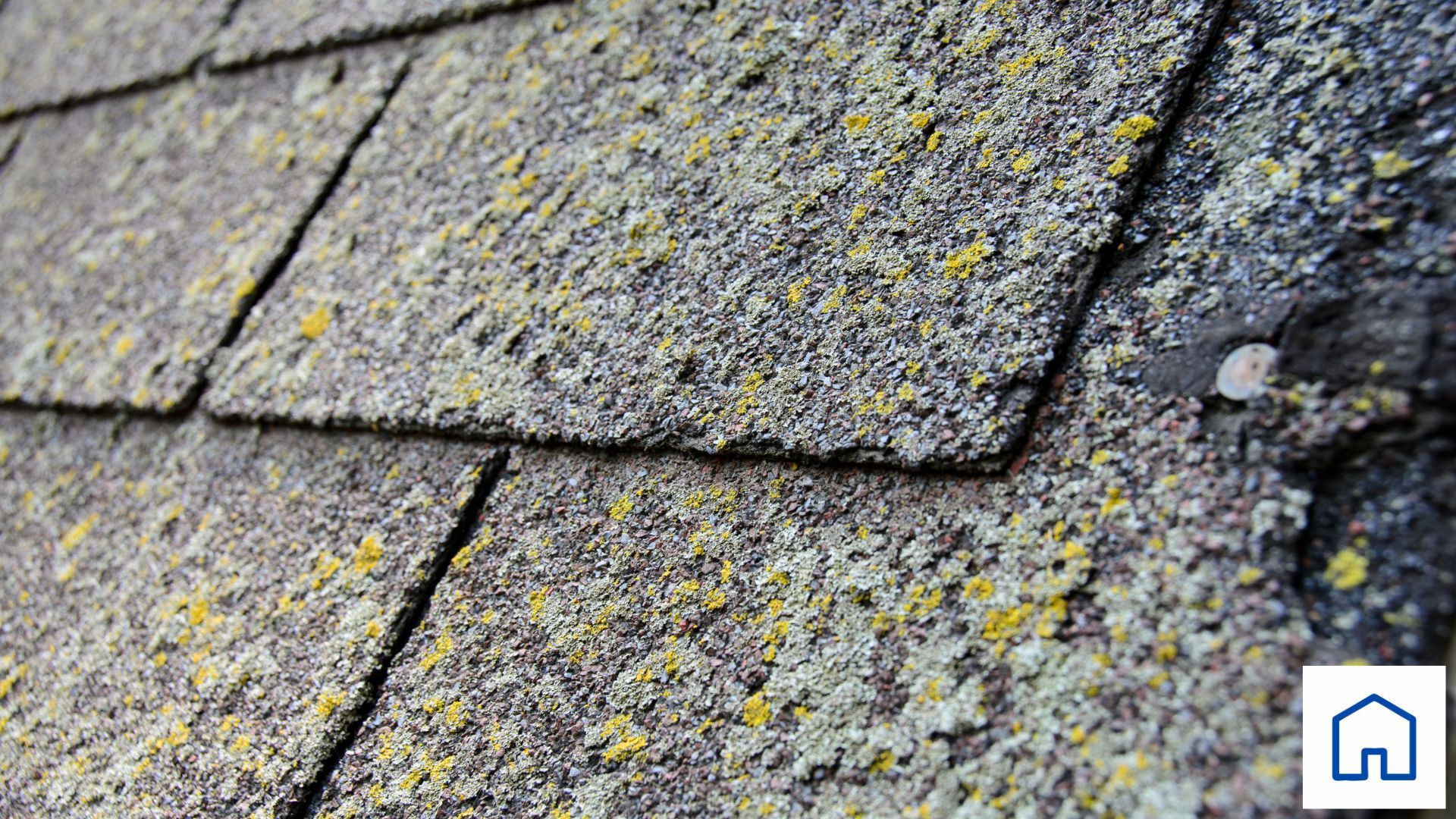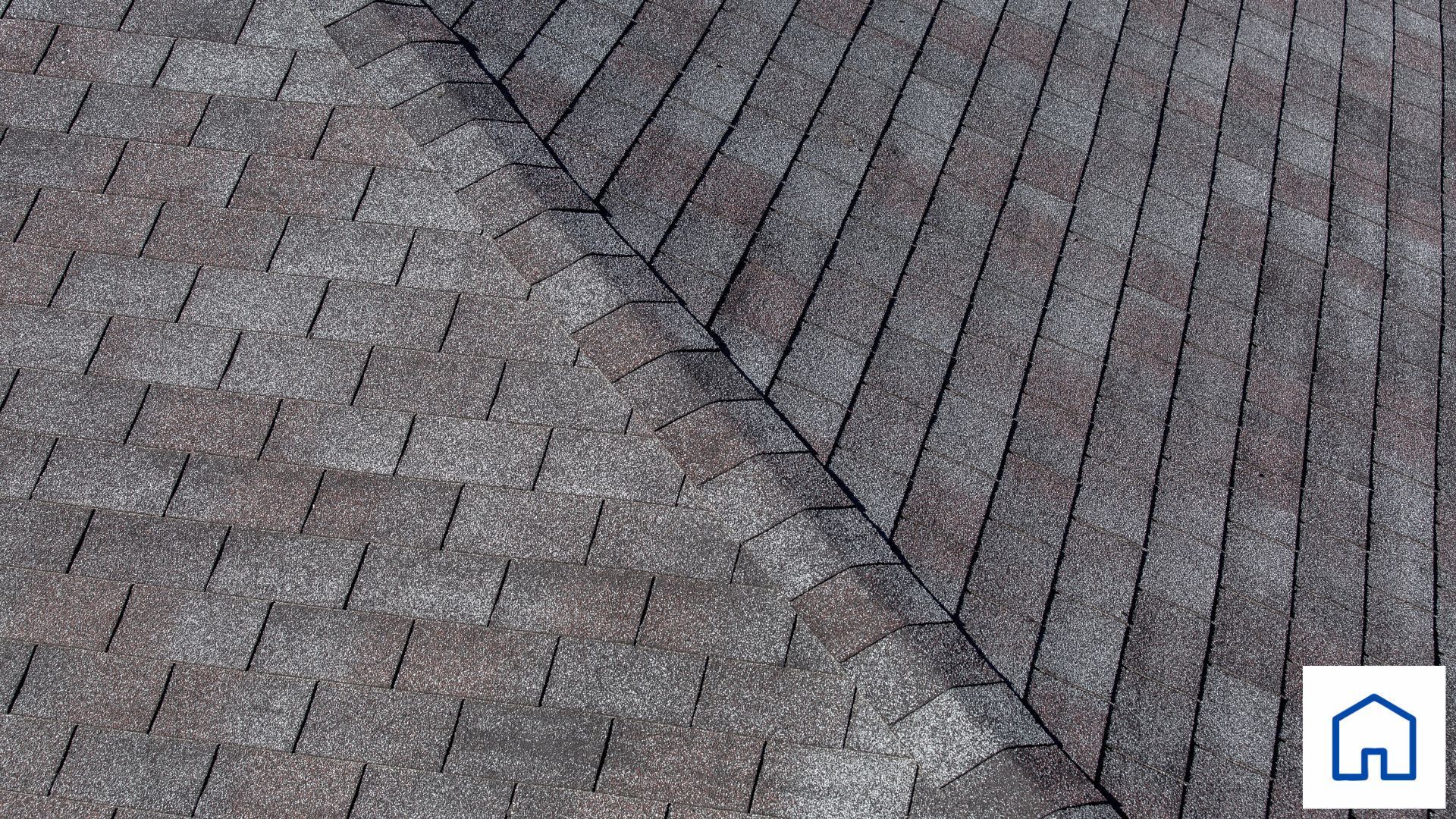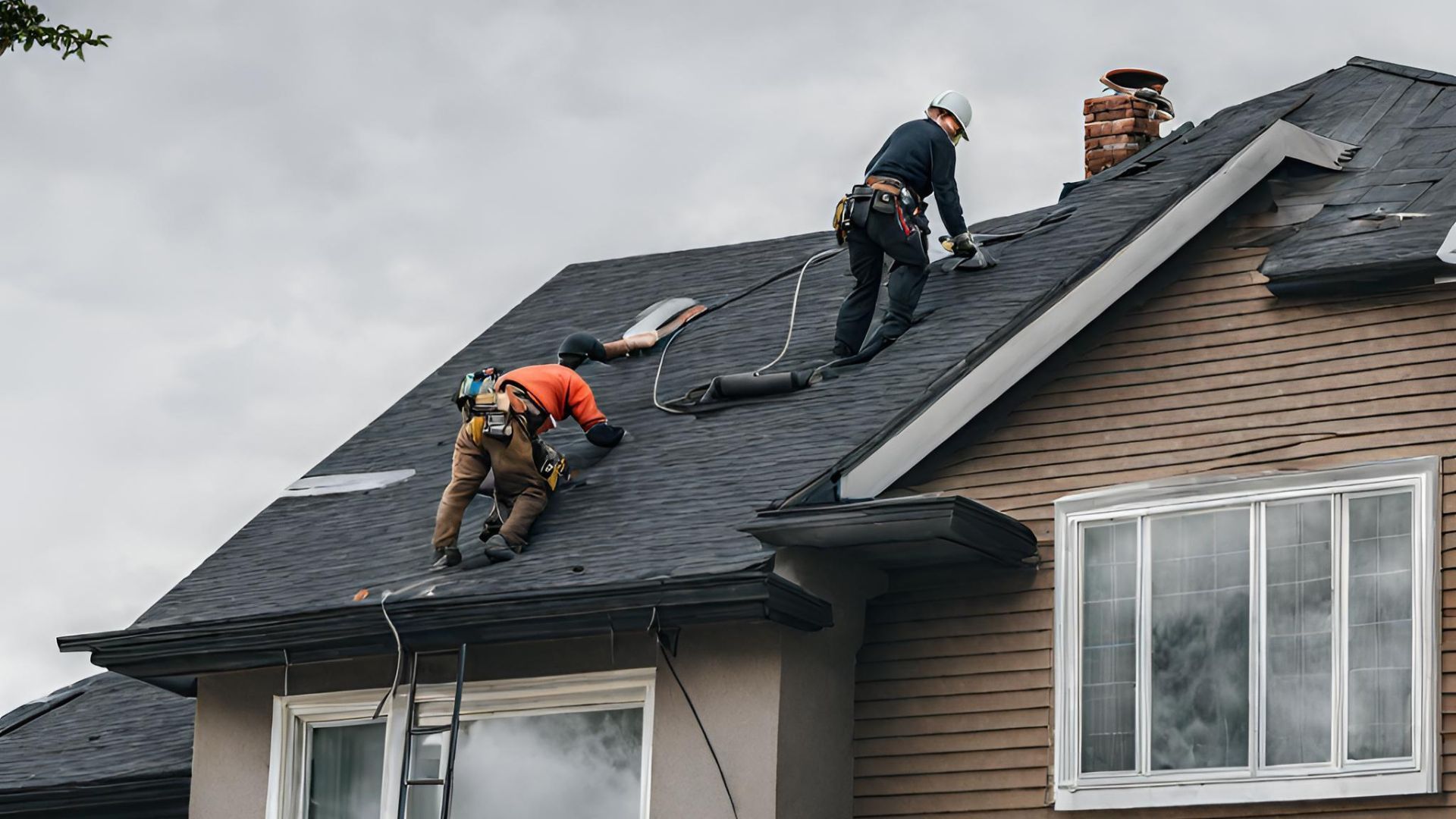5 Ways to Add Privacy With a Chain Link Fence
Chain link fencing is a great option for an affordable and durable fence for your home in Carrollton. They can be customized and need less maintenance than other options. However, privacy is a concern with chain link fences, and many people consider replacing them with privacy fences. However, there are multiple effective ways to add privacy to your chain link fence without having to remove them. We’ll discuss some of the most popular options on how you can do that.
How to add privacy for a chain link fence
1. Add a Privacy Slat
One of the easiest ways to add privacy to a chain link fence is to install a privacy slat. The slats are available in a variety of materials, including wood, plastic, bamboo planks and reeds. The slats can be inserted into the chain links vertically or slantingly and be fastened with wires or hooks. Thin reed slats can be used as slats or also woven into a screen and fastened to the fence. However, reed screens tend to get damaged within a year or two. Ask a professional fence installer in Carrollton to suggest the best slats for your chain link fence.
2. Install Lattice Panels
Lattice panels are a great option for adding privacy to a chain link fence. Lattice panels are made of crisscrossed strips of wood or plastic that create an open yet opaque barrier. They can be attached to the top of the fence with zip ties or screws and provide additional privacy without blocking out sunlight or fresh air.
3. Chain Link Privacy Screens or Windscreens
These privacy screens are made of woven polypropylene mesh and look like tarps. But unlike tarps, they have tiny holes to avoid catching the wind. They provide good privacy depending on the material and the manufacturer’s guarantee. Mesh privacy screens can be fastened to your chain link fence with zip ties through the metal grommets. They are quite durable and can last a few years without fading due to sunlight.
4. Artificial green plant rolls
These are rolls made of mostly plastic that look like green shrubs and hedges like ivy. They provide good privacy while leaving some gaps between the leaves to mimic natural hedges. You can go for expandable artificial hedge rolls if you want more flexibility in how much privacy you want. Expand the roll to cover the full length of the fence or cover only a part of it by rolling it back.
5. Plant Tall Trees or Bushes
If you don’t want artificial rolls and want the real thing, you can plant tall trees and thick bushes or hedges. Just be sure to plant the trees or bushes at least 10 feet away from the fence, so they don’t damage it when they grow. Also, some hedges can grow quite fast and need frequent trimming and maintenance, so you may want to check with a gardener or a fence installer for the best option.
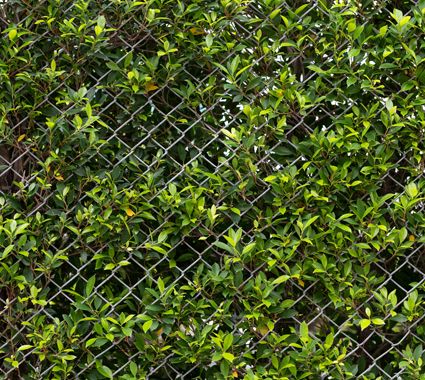
Privacy concerns should not force you to replace your chain link fence. These options are the most affordable and popular to add privacy to your chain link fence. If you are not sure which option is the best for you, or still want a fence replacement, contact us to speak to our home fence specialists. With Best Nest Renovations, you can be sure that you will get the most reliable and secure solutions for your home fence. Reach us today at 770-790-5967 or through our contact page.
